F1 History Part 4: Using the Downforce
Colin Chapman and the Lotus team defined F1 in the 1960’s. His mid-engined Lotus 25 and 49 pioneered new ground in the F1 technical world, bringing GP car layout near to its current standard. When Chapman fitted his 49B with bodywork designed to produce aerodynamic downforce, he brought F1 its most fundamental step forward. The idea, however, was not a stroke of genius from a man who had undoubtedly experienced many such epiphanies. It was the culmination of a concept developed over 40 years or more or automotive development in general, and racing in specific.
In 1928, engineers working for Germany’s Opel brand attached inverted aerofoils to combat high-speed lift in a rocket-powered test car (one of the first examples of the breed). The idea, while “in the ether,” never coalesced in the minds of designers. Various vehicles grew and shed aerodynamic attachments, but none ever took the concept to its ultimate level. Robin Herd, chief McLaren designer, briefly tested wings on F1 cars in the early sixties, but ultimately neglected this important avenue of development.
The 1968 Lotus 49B incorporated a raised, flat tail and small front winglets. When the car was first raced at the 1968 Monaco Grand Prix, Graham Hill waltzed to victory from pole position. But at the next GP, at Spa-Francorchamps, Brabham and Ferrari both showed up with full-size rear wings mounted to the rear of their cars. Chris Amon took pole at Spa by nearly four seconds.
Two races later, Chapman took the concept one step further by mounting the wings directly to the wheel hubs themselves. While this greatly enhanced the efficiency of the devices, the loads they produced were beyond the carrying capacity of the day’s materials. A look at Chapman’s decision clearly illustrates the essential conflict in F1 during the period: the essential tradeoff between safety vs. performance. Chapman consciously accepted the risk this novel setup imposed on both his car and, by extension, the driver.
Chapman’s singular focus forced the hands of his fellow designers, who quickly followed suit. Matra’s system consisted of movable wings electrically actuated by the brake pedal, their angle increasing when pressure was applied. Meanwhile, to take advantage of the less turbulent air higher above the car, the Lotus’s wings grew ever taller. And the stalks to which they were attached grew ever more spindly.
This particular design philosophy came to an abrupt end after the 1969 Spanish GP. Piloting identical be-winged Lotuses, Jochen Rindt and Graham Hill had identical accidents on the Spanish circuit: wing failures while cresting the same ridge. (Both emerged without injury.) Hill crashed first. Even before he could inform his pit of the failure, Rindt followed suit. Wings were banned completely following the copycat failures. They were allowed to return, in a limited form, shortly thereafter. But the technology was drastically restricted; the tall, movable wings favored by the teams were banned outright.
To comply with the ever more restrictive regulations concerning wing height, width, location and so on, Chapman brought F1 the first modern GP car– at least in terms of concept. The Lotus 72 featured a wedge-shaped body, front wings molded into the bodywork and a modern-style rear wing (extending only between the rear wheels and of limited height and depth). The 72 incorporated some of the first F1 thinking about drag, downforce, and the relationship between the two. The 72’s concept is one nearly identical to that embraced by today’s designers.
The arrival of aerodynamic wings on the F1 circuit provided the final point of the so-called performance triangle – power, grip, and downforce. Overnight, downforce became the biggest force in F1 (so to speak) and the obsession of its engineers.
Wings have defined not only the look, but the design of every F1 car designed since the 1969 season. The performance benefits offered by aerodynamic development have easily eclipsed the gains found in any other single advance. Suspension design, powertrain, even layout and construction are all subordinate to the demands of the aerodynamicists. Current F1 teams now employ dozens of these specialists, and provide them with space age facilities in which to practice their dark arts. Simply put, for more than three decades, aerodynamic performance has been the absolute most important factor in GP car performance.
But the starting point of this period, while a glittering example of the sport in its golden age, also exposed the seldom-discussed but deadly compromise being made by F1 designers. Pushed by Colin Chapman, designers pushed their machines ever closer to the breaking point, frequently, if not commonly, overstepping the boundary. This was the fundamental tradeoff in GP car design: safe vs. fast, losing or winning. Though Jackie Stewart’s crusade would soon rid the sport of its “barbaric excesses,” the sport’s first posthumous world champion would be an exemplum for its costs.
More by Mitchell Yelverton
Latest Car Reviews
Read moreLatest Product Reviews
Read moreRecent Comments
- Redapple2 Good luck to them. They used to make great cars. 510. 240Z, Sentra SE-R. Maxima. Frontier.
- Joe65688619 Under Ghosn they went through the same short-term bottom-line thinking that GM did in the 80s/90s, and they have not recovered say, to their heyday in the 50s and 60s in terms of market share and innovation. Poor design decisions (a CVT in their front-wheel drive "4-Door Sports Car", model overlap in a poorly performing segment (they never needed the Altima AND the Maxima...what they needed was one vehicle with different drivetrain, including hybrid, to compete with the Accord/Camry, and decontenting their vehicles: My 2012 QX56 (I know, not a Nissan, but the same holds for the Armada) had power rear windows in the cargo area that could vent, a glass hatch on the back door that could be opened separate from the whole liftgate (in such a tall vehicle, kinda essential if you have it in a garage and want to load the trunk without having to open the garage door to make room for the lift gate), a nice driver's side folding armrest, and a few other quality-of-life details absent from my 2018 QX80. In a competitive market this attention to detai is can be the differentiator that sell cars. Now they are caught in the middle of the market, competing more with Hyundai and Kia and selling discounted vehicles near the same price points, but losing money on them. They invested also invested a lot in niche platforms. The Leaf was one of the first full EVs, but never really evolved. They misjudged the market - luxury EVs are selling, small budget models not so much. Variable compression engines offering little in terms of real-world power or tech, let a lot of complexity that is leading to higher failure rates. Aside from the Z and GT-R (low volume models), not much forced induction (whether your a fan or not, look at what Honda did with the CR-V and Acura RDX - same chassis, slap a turbo on it, make it nicer inside, and now you can sell it as a semi-premium brand with higher markup). That said, I do believe they retain the technical and engineering capability to do far better. About time management realized they need to make smarter investments and understand their markets better.
- Kwik_Shift_Pro4X Off-road fluff on vehicles that should not be off road needs to die.
- Kwik_Shift_Pro4X Saw this posted on social media; “Just bought a 2023 Tundra with the 14" screen. Let my son borrow it for the afternoon, he connected his phone to listen to his iTunes.The next day my insurance company raised my rates and added my son to my policy. The email said that a private company showed that my son drove the vehicle. He already had his own vehicle that he was insuring.My insurance company demanded he give all his insurance info and some private info for proof. He declined for privacy reasons and my insurance cancelled my policy.These new vehicles with their tech are on condition that we give up our privacy to enter their world. It's not worth it people.”
- TheEndlessEnigma Poor planning here, dropping a Vinfast dealer in Pensacola FL is just not going to work. I love Pensacola and that part of the Gulf Coast, but that area is by no means an EV adoption demographic.


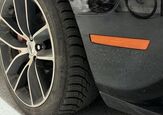
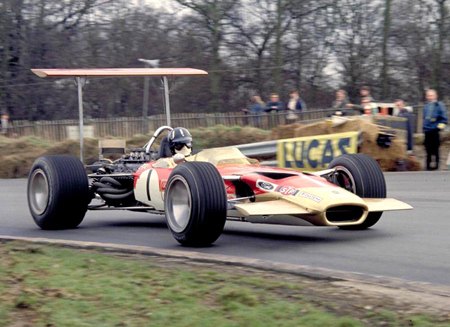















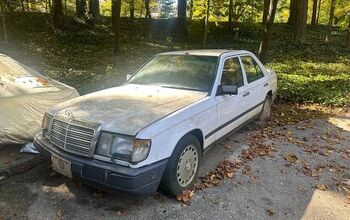


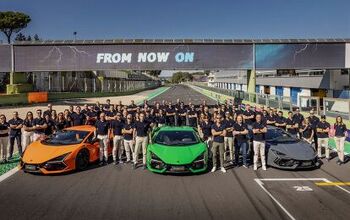


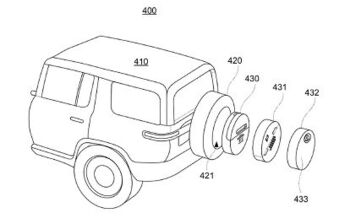



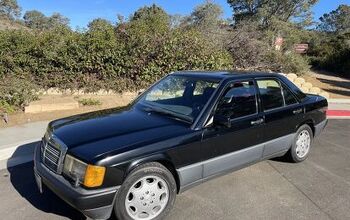

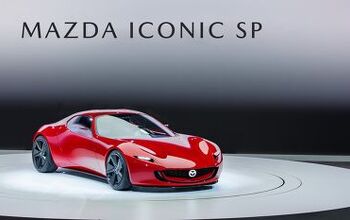

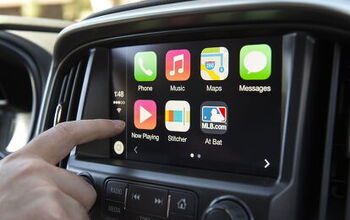
Comments
Join the conversation
Jim Hall I’m pretty sure was the guy who pioneered the use of wings in motorsport. Not that Chapman wasn’t a genius in his own right, but give credit where due. i agree jim is the god father of modern day ground effects his can-am cars ruled the circuts till the wing was bannd due to people copying his designs but not being as careful and mounting them the way he did and having them come off and many crashes resulted his j2d sucker car was the next step and unfort can-am banned that also saying it was a " type" of wing total credit should be givin to jim hall even tho he wasnt actively involded in f1